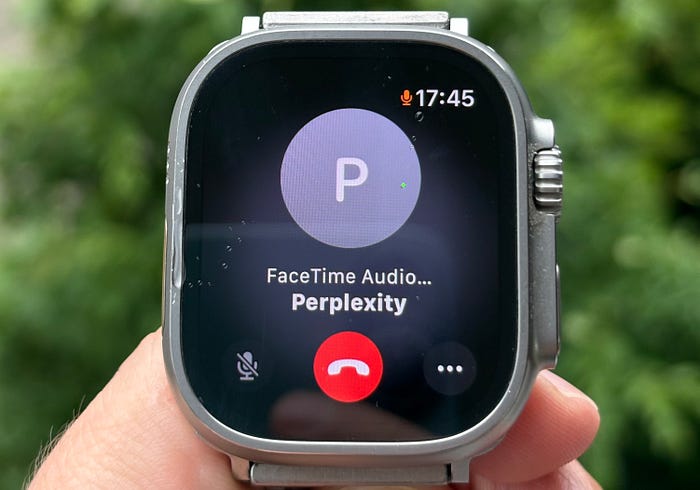Introduction to the Rumors
Rumors have been circulating on social media that the Trump administration used chatbots to come up with numbers for its trade policies. These rumors suggest that the administration got its supposedly fake numbers from chatbots. Tech entrepreneur Amy Hoy and others have posted screenshots from various chatbots, including ChatGPT, Gemini, Claude, and Grok, which show that these chatbots arrived at similar calculations as the Trump administration.
The Chatbots’ Warning
Some of the chatbots used by the Trump administration also warned against the oversimplified math in their outputs. For example, ChatGPT acknowledged that its easy method "ignores the intricate dynamics of international trade." Gemini cautioned that it could only offer a "highly simplified conceptual approach" that ignored the "vast real-world complexities and consequences" of implementing such a trade strategy. Similarly, Claude specifically warned that "trade deficits alone don’t necessarily indicate unfair trade practices, and tariffs can have complex economic consequences, including increased prices and potential retaliation." Even Grok warned that "imposing tariffs isn’t exactly ‘easy’" and called it "a blunt tool: quick to swing, but the ripple effects (higher prices, pissed-off allies) can complicate things fast."
Testing the Chatbots
The Verge tested the chatbots by plugging in phrasing explicitly used by the Trump administration, prompting them to provide "an easy way for the US to calculate tariffs that should be imposed on other countries to balance bilateral trade deficits between the US and each of its trading partners, with the goal of driving bilateral trade deficits to zero." The results showed that the chatbots provided the "same fundamental suggestion" as social media users reported.
The Truth Behind the Rumors
Whether the Trump administration actually consulted chatbots while devising its global trade policy will likely remain a rumor. It’s possible that the chatbots’ training data simply aligned with the administration’s approach. However, with even chatbots warning that the strategy may not benefit the US, the pressure appears to be on Trump to prove that the reciprocal tariffs will lead to "better-paying American jobs making beautiful American-made cars, appliances, and other goods" and "address the injustices of global trade, re-shore manufacturing, and drive economic growth for the American people."
The Current Situation
As Trump’s approval rating hits new lows, he continues to insist that "reciprocal tariffs are a big part of why Americans voted for President Trump." The White House fact sheet claims that "everyone knew he’d push for them once he got back in office; it’s exactly what he promised, and it’s a key reason he won the election."
Conclusion
In conclusion, the rumors surrounding the Trump administration’s use of chatbots to devise its trade policies have sparked a lot of debate. While it’s unclear whether the administration actually consulted chatbots, the fact that these chatbots warned against the oversimplified math in their outputs raises questions about the effectiveness of the administration’s trade strategy. As the situation continues to unfold, it’s essential to consider the potential consequences of the reciprocal tariffs and their impact on the American people.
FAQs
Q: What are the rumors surrounding the Trump administration’s trade policies?
A: The rumors suggest that the Trump administration used chatbots to come up with numbers for its trade policies.
Q: Which chatbots were used in the testing?
A: The chatbots used in the testing include ChatGPT, Gemini, Claude, and Grok.
Q: What did the chatbots warn against?
A: The chatbots warned against the oversimplified math in their outputs and the potential consequences of implementing the trade strategy.
Q: What is the current situation with Trump’s approval rating?
A: Trump’s approval rating has hit new lows, and he continues to insist that reciprocal tariffs are a key part of his trade policy.










